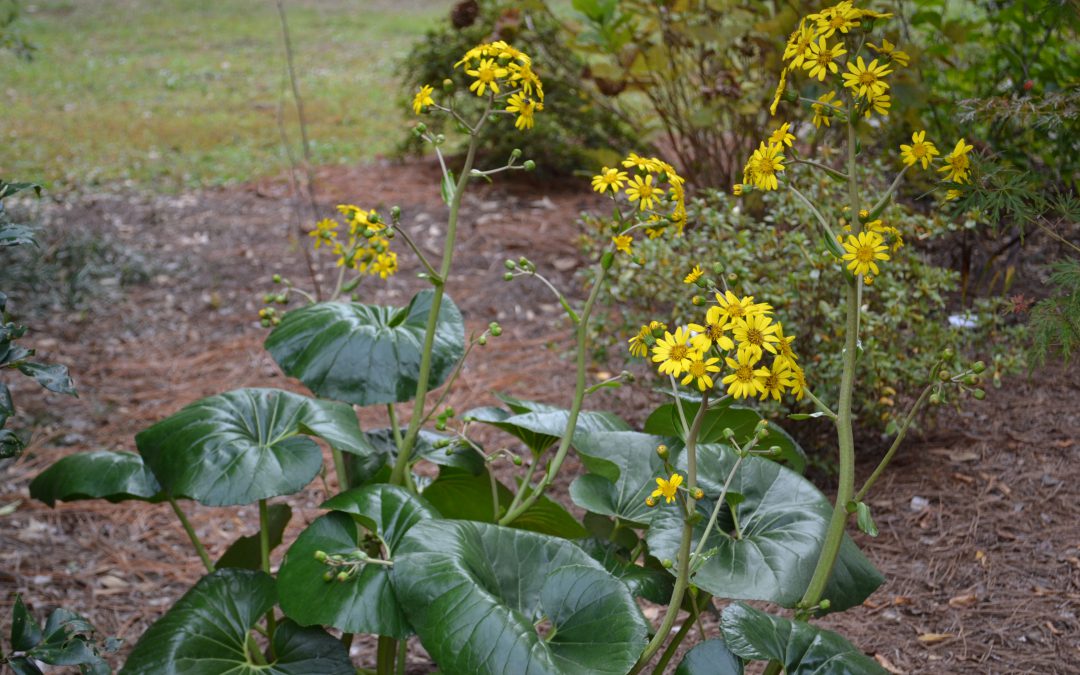
by Beth Bolles | Mar 10, 2022
Several years ago the Escambia County Master Gardener Volunteers added a Leopard plant, Farfugium japonicum to the office demonstration gardens. This was a new plant for me and I was immediately impressed with look and performance of this plant in a filtered shade garden.
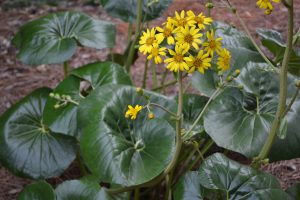
Leopard plant’s attractive leaves and flowers make it an accent in the shade garden. Photo by Beth Bolles, UF IFAS Extension Escambia County.
Although not native to the United States, Leopard plant make an interesting addition to the Florida garden. The large green leaves can provide a tropical look throughout the entire year since it is hardy in growing zones 7-10. An added bonus of the Leopard plant are spikes of bright yellow flowers in the fall and winter months. When you use Leopard plant as a mass planting, it certainly becomes the focus in our cooler months.
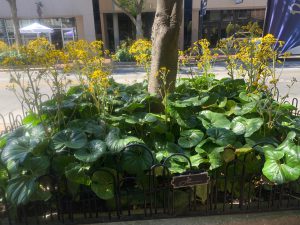
Leopard plant on display in Downtown Pensacola. Photo by Beth Bolles, UF IFAS Extension Escambia County.
There are many cultivars of Leopard plant and the selections with white (‘Argenteum’) or yellow (‘Aureomaculatum’) patterns on the leaves give the plant it’s common name. There are also cultivars with curled or crinkled leaves. All plants will thrive in partial shade with some additional water when rainfall is lacking. The clumps will continue to enlarge so you can often share a piece with a friend after a few years.
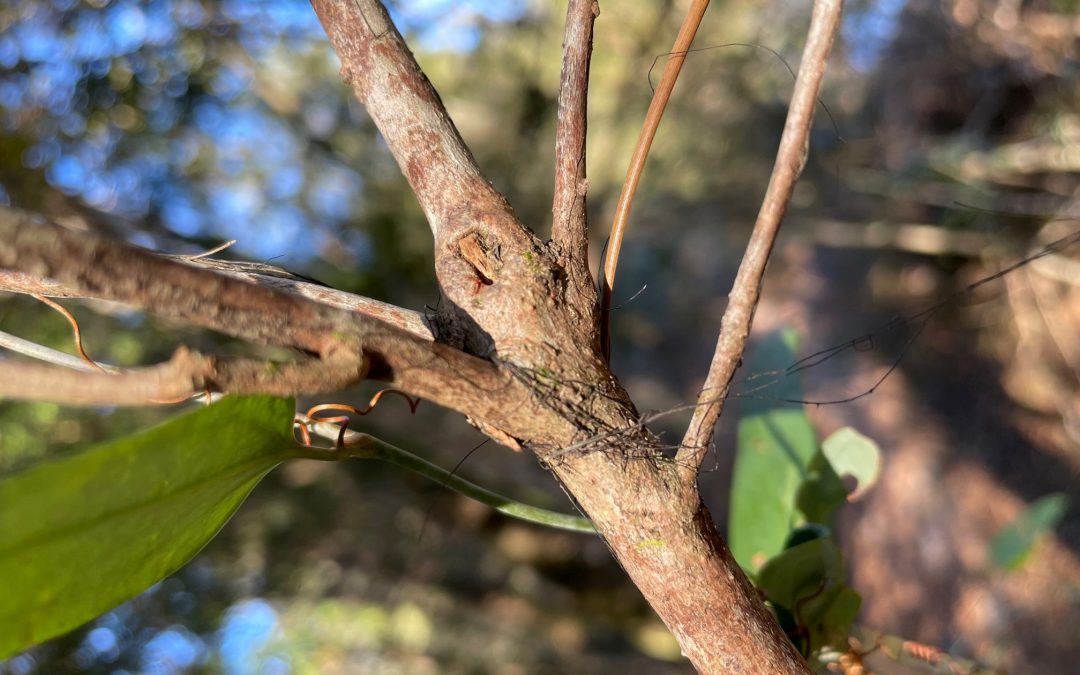
by Carrie Stevenson | Mar 10, 2022
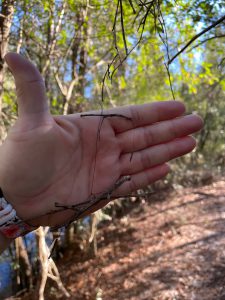
Twigs dangle from a branch, held in place by horsehair fungus rhizospheres. Photo credit: Carrie Stevenson, UF IFAS Extension
Imagine walking through the woods, enjoying the fresh air and birdsong, when you notice a twig just dangling midair. On first glance, you might presume it is stuck in a vine or a large spider web. However, this material is thinner than a vine and there are no spiders or webs to be found. On closer inspection, you see the twig is entangled in a dark knot of string, slightly thicker than a human hair. Following the source of the black string leads to a lacy network of the same material, flat against and around the branch from which the twig hangs. Fifteen feet down the trail, you come across the same thing—more twigs hanging from “string” in the trees, dangling from a knot of thin black material. What is going on here?
After some research, my conclusion is that we have come across horsehair fungus (Mirasmius spp). Mushrooms and other fungi have long, thin, rootlike structures called rhizomorphs. Rhizomorphs are composed of large numbers of microscopic hyphae, which are tubular and exchange nutrients and water among other parts of the fungus. The hyphae are typically located underground, but in this instance, they are visible in the open.
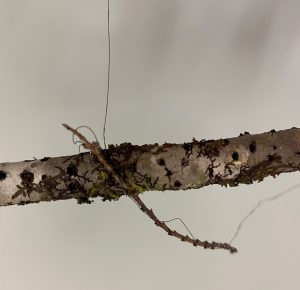
The ropy network of rhizospheres is visible on the branch, then turns into thin fibers that can trap plant debris. Sample provided by Suzy Marshall.
Aerial rhizomorphs are an excellent example of an evolutionary strategy known as resource partitioning. By forming a netted trap to intercept falling leaf material on a tree, the fungus gets a jumpstart on the decomposition process, taking nutrients from dying plant material before it falls to the ground. The tree-dwelling fungus is thus not competing directly with fungi on the ground, and both types of fungi can thrive. In human terms, this is loosely analogous to co-workers labeling their own food in a shared refrigerator. Everyone eats, but no one has to compete with another for nutrition.
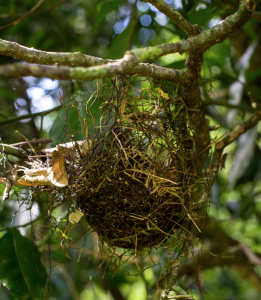
A bird’s nest in Argentina is composed primarily of strong horsehair fungus fibers. Photo credit: Danny Newman
The common name, “horsehair fungi” applies to many species around the world. They are most common in nutrient-poor subtropical and tropical forests, where any available nutrients in the soil are used up quickly by the lush tree growth. They can be found here along the Gulf Coast, up to the Appalachian Mountains, and as far away as equatorial rainforests. In a Malaysian study, researchers found that the aerial fungi trapped up to 225 pounds of fallen plant material per acre! This network of material also supported a significant population of arthropods, which were crucial parts of the overall ecosystem by providing pollination, herbivory, and serving as detritivores. One study of spruce-fir forests in the northeastern United States showed that birds are known to use the material as a nest lining, as it is lightweight but very sturdy. In this particular research, 85% of the nests (particularly of warblers and thrushes) examined utilized the material.
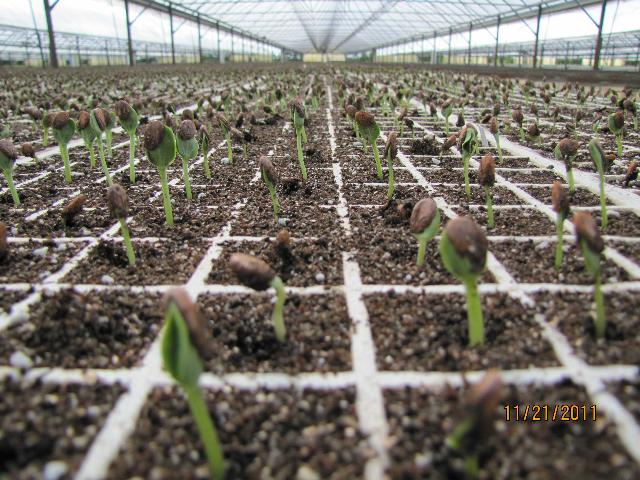
by Ashley Stonecipher | Mar 10, 2022
Some of the many benefits of starting your own home garden are having fresher, more nutritious produce, the positive effects on physical and mental health, increased consumption of fresh fruits and vegetables and a potential cost savings. Also there are many advantages to starting a garden in the spring with transplants. You avoid bad weather, achieve earlier and higher yields, avoid insect and disease issues, and can choose the best and strongest plants to add to your garden.
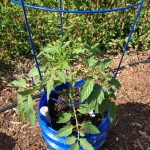
Using a self-watering container is an excellent option if you find yourself away from the garden this summer. Photo by Molly Jameson.
Now is the time to start planting seeds indoors for warm season crops such as tomato, pepper, cucumber, eggplant, okra, summer squash, watermelon and many more. It is important to consider the number of days to harvest, planting zone, and location to plant. Buy seeds from a reputable source and check the expiration dates/sell-by dates and follow the packet.
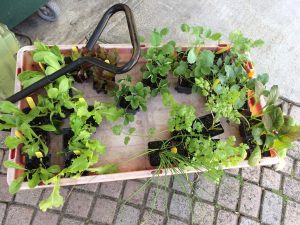
For some vegetables, buy transplants from your local nursery. Photo by Molly Jameson.
When seeding the containers follow instructions for the seeding rates, spacing and depth on your seed packet. Smaller seeds can be broadcast over the surface and larger seeds will need to be covered with soil. Temperature and humidity are important for germination. Your packet will be specific on how deep to plant the seeds and a range of how long it will take to germinate. Label your container with the vegetable name and date seeded. You may find yourself like me and thinking you will remember what it is only to be guessing what you have as it germinates!
Most seeds started indoors will be ready for the garden in 4 to 6 weeks. Transplants must be hardened off first which means you should reduce the amount of water and stop fertilizing 1-2 weeks before they are ready to go into the garden. The seedlings will need a good bit of sun/light and moisture once they germinate to avoid leggy and stretchy plants.
The next step is to care for your transplants. As you have taken the time to seed them, watch them grow, and then put the plants into their new home it is important to set them up for success. Monitor the transplants for insect and disease on a weekly basis. Make sure the garden is free of weeds before the plants go into the ground. Weeds will fight for the same water and nutrients as the transplants. Transplant when the environmental conditions are best. This means to plant them in the morning, on a cloudy/overcast day, and when there is not a big storm in the forecast. When taking the little transplant out of the pot be careful to not disturb the roots and do not pack the soil around the roots.
If you have any questions on spring gardening please contact your local extension office for more information.
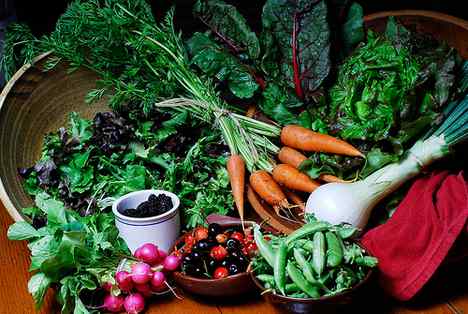
by Ashley Stonecipher | Mar 9, 2022
This is the third session in a 3-part series focused on growing and cooking food from your own garden.
About this event
Do you want to grow vegetables such as okra, peas and summer squash? Join us for a workshop focusing on how to best grow and care for your summer vegetable garden and learn some new recipes to make with your harvest!
Participants will have the chance to taste several foods and will take home a variety of seeds and starter plants.
For persons with disabilities requiring special accommodations, please contact the Extension Office (TDD, via Florida Relay Service, 1-800-955-8771) at least five working days prior to the class so that proper consideration may be given to the request.
The University of Florida (UF), Institute of Food and Agricultural Sciences (IFAS), UF/IFAS Extension is an Equal Opportunity Institution authorized to provide educational information without discrimination with respect to race, creed, color, religion, age, disability, sex, sexual orientation, marital status, national origin, political opinions or affiliations.
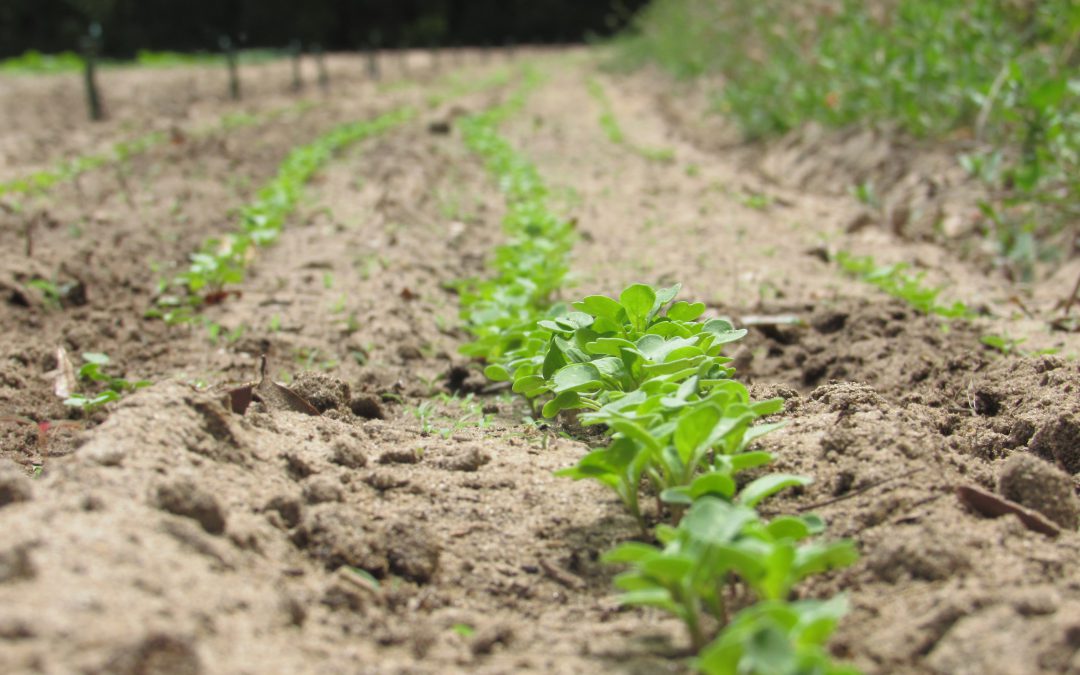
by Evan Anderson | Mar 3, 2022
For anything growing in the ground, soil is a very important thing. Soil gives plants a place to anchor their roots so they don’t fall over, holds water and nutrients for them to use, and supports a wide variety of living things that contribute to plant growth. Whether you want to grow a lawn, garden, or landscape bed, knowing a little about your soil can make a big difference in the quality of your plants!
There are a lot of terms that relate to soils. Some helpful ones to know include:
-

A chart of soil textures. Credit: Natural Resource Conservation Service
Soil particle sizes / soil texture. A soil that is composed of large particles is sandy, a soil with tiny particles is clayey, and a soil with mid-sized particles is silty. Multiple sizes of particles can mix together to form a soil, which is why you may see soils referred to with terms like, “sandy loam” or “silty clay loam”. This mixture of particle sizes gives a soil its texture.
- Soil acidity / pH. The pH of a soil refers to its level of acidity. The pH scale ranges from 0 to 14. Low numbers mean the soil is acidic, while higher numbers mean it is basic, or alkaline. 7 is neutral, and many plants grow best in a slightly acidic soil (around 6.5). Some plants, like blueberries and azaleas, prefer a more strongly acidic soil (4.3-5.5). If the soil pH is too far from the plant’s preferred level, it may not be able to take up the nutrients it needs even if they are present in the soil. To raise the pH or make the soil less acidic, we can add garden lime; to lower the pH or make it more acidic, we can add sulfur (though this is not as long-term a solution).
- Organic matter. All the living things out there die at some point, and when they do, other living things break them down as food. Fungi, bacteria, tiny insects, and more are all out there working to make sure you aren’t wading through piles of dead things. Instead, all that decomposed and partially decomposed plant (and animal) matter become part of the soil. Organic matter is part of a healthy soil, and helps it hold onto water and nutrients that plants can use.
- Compost. When you make a pile of dead plant matter and help it decompose on purpose, you’ve made compost. By controlling the material you put into a compost pile as well as the amount of water and oxygen it gets, you can speed up the decomposition process and end up with organic matter to use in your garden.
- Mulch. Mulch is any substance that sits on top of the soil. Wood chips, bark nuggets, pine straw, or even synthetic mulches like sheets of plastic are used to help keep weeds from growing and retain soil moisture.
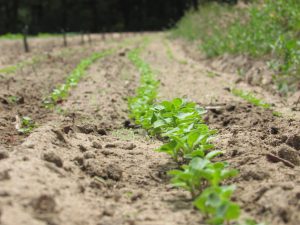
Sandy soils can grow gardens, though they may need a little more attention!
To gather information about the soil, it can be a good idea to do a soil test. Your local Extension office can help you figure out how to do this. Once you do, you’ll receive information on your soil pH, what plant nutrients are in the soil, and recommendations on how much lime and fertilizer you’ll need to add for the year. Test your soil before you add any major amendments such as lime or fertilizer. This will help you add the right amounts at the right time – too much fertilizer, for example, can harm plants or run off into surrounding water bodies, causing environmental damage.
You can find more information on soil testing here, or visit your local Extension office. Soil tests can take up to two weeks to return a result, so plan ahead!














